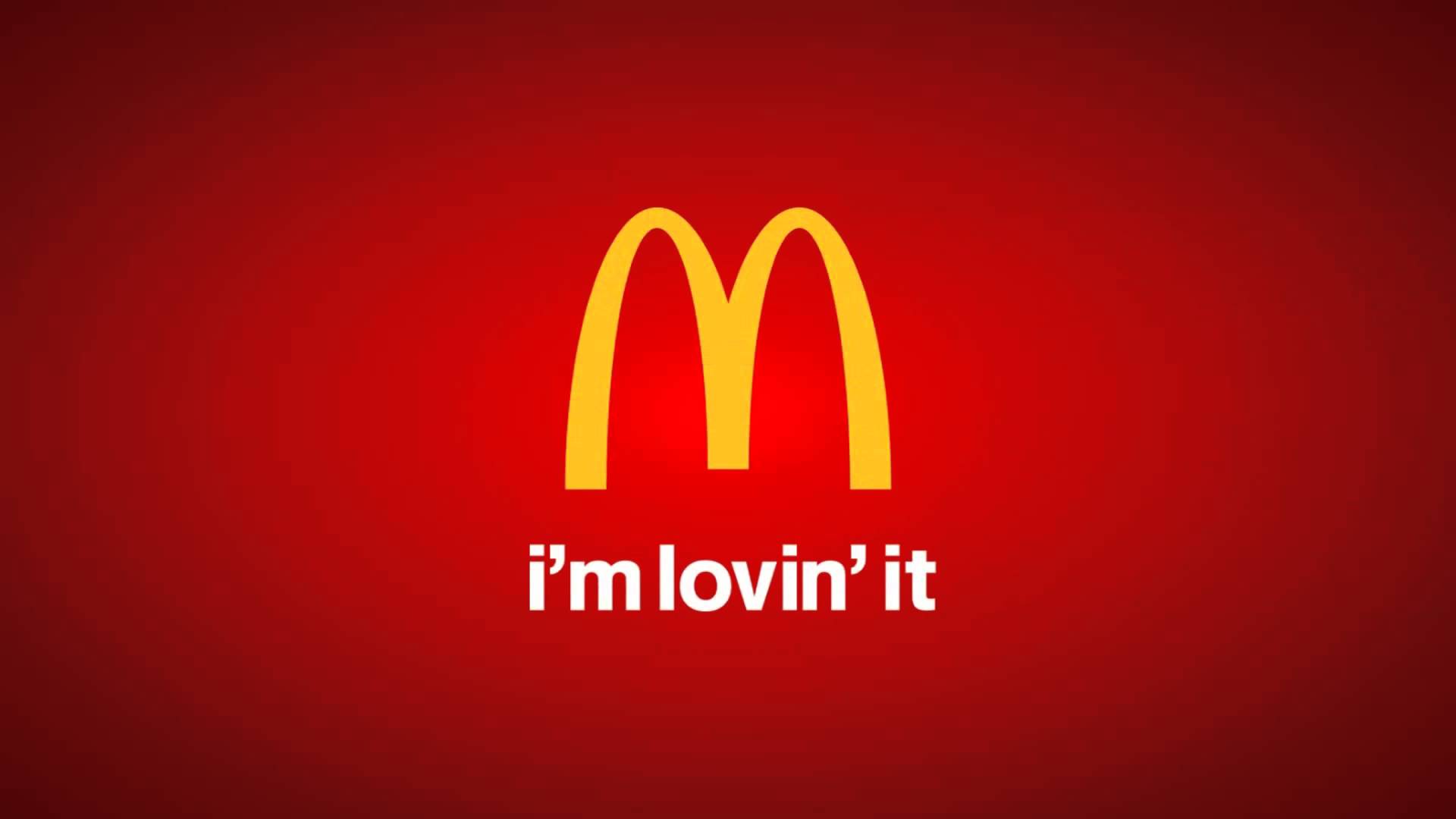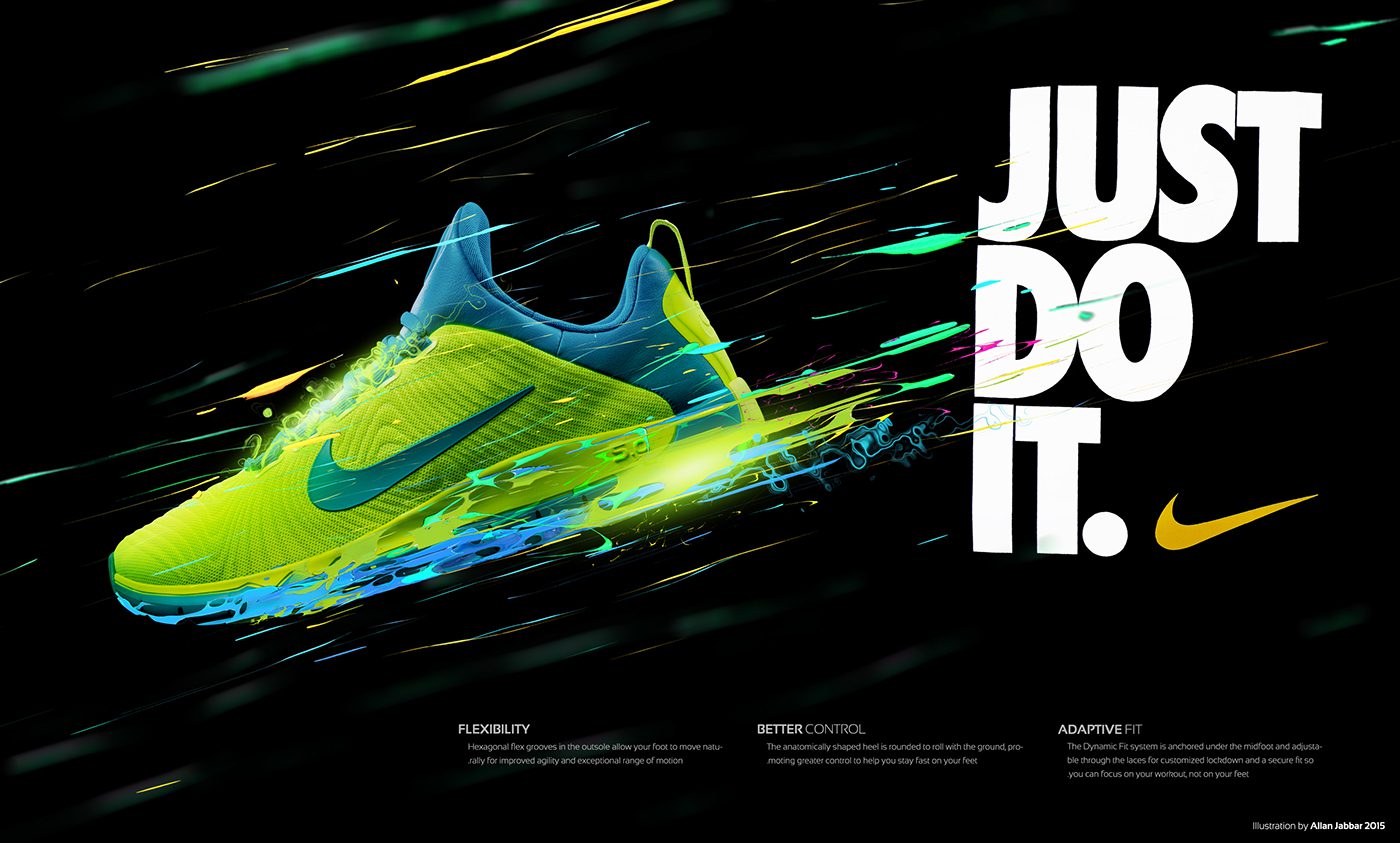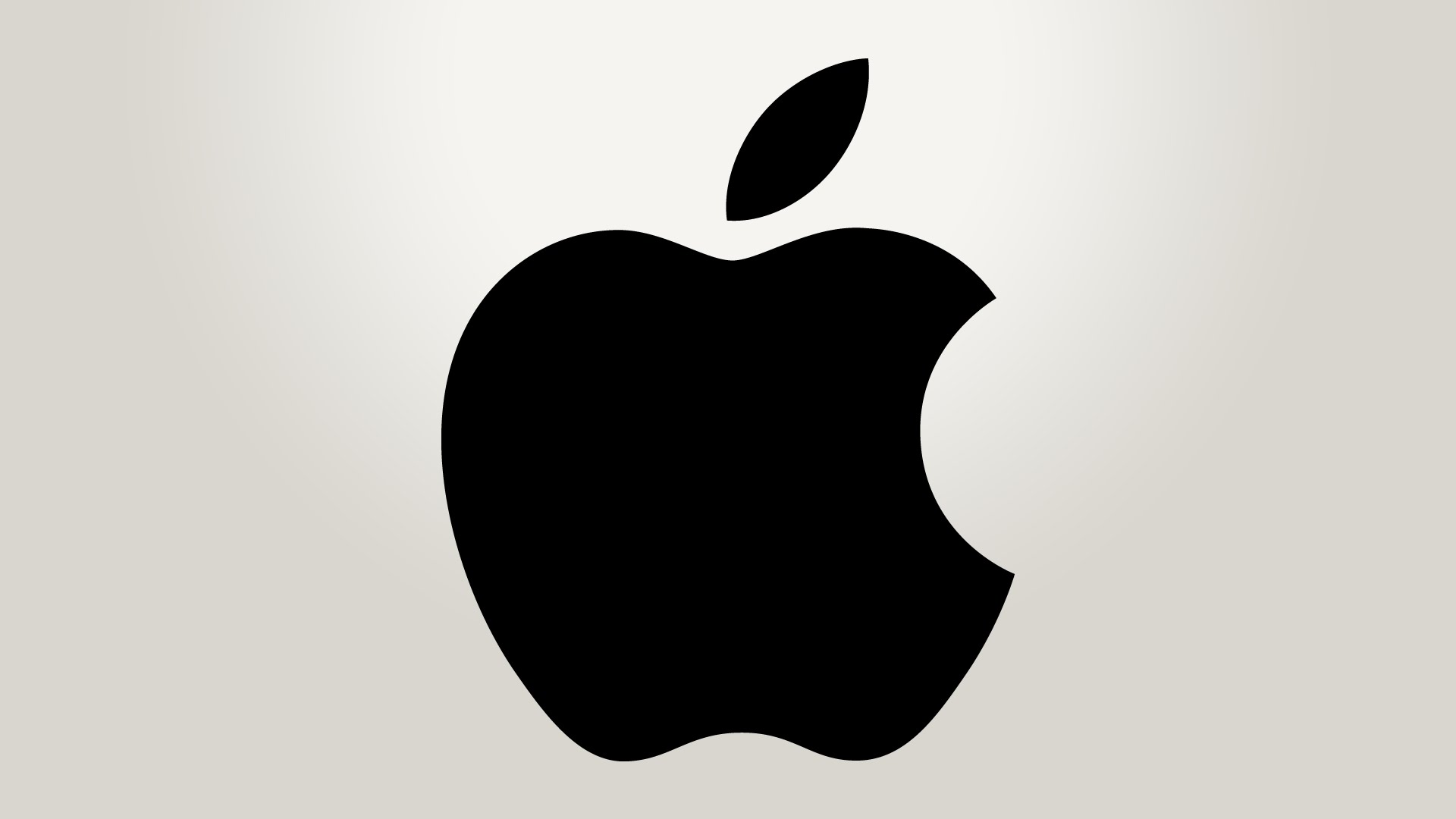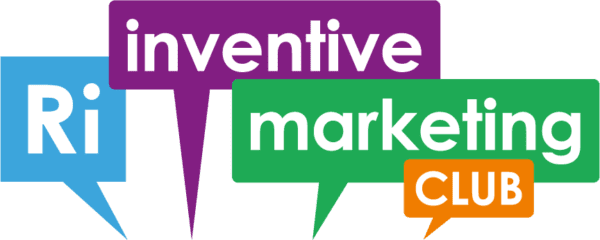“If you want something stuck in someone’s head, put it in a sequence of three.”
— Brian Clark, Copyblogger
Have you ever wondered why the most compelling messages come in threes?
The Rule of 3 is one of the most powerful tools in marketing, storytelling, and communication. Whether it’s crafting compelling advertisements, delivering memorable speeches, or creating engaging narratives, the number three proves to be consistently effective.
From iconic slogans to classic tales, the Rule of 3 has shaped how we connect with ideas. So, we’ll explore why the Rule of 3 works so well and how you can harness its power to create more engaging and memorable marketing campaigns.
Good things come in threes
Great stories often follow a three-phase structure: problem, solution, and result. Similarly, films are typically divided into three acts—the first sets up the drama, the second introduces chaos, and the third resolves the story. This rule of three is everywhere in storytelling: Harry Potter teams up with two friends to defeat evil, Beetlejuice must be called three times, genies grant three wishes, and Goldilocks encounters three bears.

But why is the number three so effective?
It’s because our brains are wired to recognise and favour patterns, and three is the perfect number to create a sense of completeness, rhythm, and impact. (See what I did there;)
The rule of three in marketing
In marketing, the rule of three enhances messages by making them more memorable, engaging, and actionable. “Snap, Crackle, Pop.” for example. All the best taglines and campaigns emphasise three benefits or features.
My job is to write compelling articles for marketing companies, and I’ve found that writing some of the content into 3 bullets makes it more readable and helps me more effectively communicate my message. It also captures the attention of readers who prefer to scan rather than read deeply.
Grouping ideas into three (e.g., “reduce, reuse, recycle”) helps people retain messages, keeping them simple and focused to ensure clarity and recall. It helps to persuade because repeating the key benefits in a trio creates a rhythmic and compelling narrative and a stronger emphasis than one. But there is a simplicity to three that doesn’t work with four or more. Three ideas strike a balance. It’s enough to inform without overwhelming. One feels random, two seems coincidental, but three establishes a pattern—and patterns give us meaning, making three an inherently satisfying and memorable number.
The rule of three has been successfully employed in numerous marketing campaigns to engage an audience, create brand recall, and drive sales. Here are three such campaigns you might have heard of:
1. Nike: “Just Do It”
While the slogan itself is a concise three-word phrase, Nike also applies the Rule of 3 in its messaging by emphasising three core elements: athlete, challenge, and victory.

2. McDonald’s: “I’m Lovin’ It”
McDonald’s launched their globally successful “I’m Lovin’ It” campaign in 2003, with its core messaging often structured around three benefits: fun, flavour, and affordability. The campaign was accompanied by a catchy three-note jingle, further embedding the concept of threes into consumer memory and cementing the slogan in pop culture.
3. Apple: “Mac, iPod, iPhone”
Apple’s marketing often capitalises on simplicity and clarity, frequently employing the Rule of 3. During a 2007 keynote, Steve Jobs famously introduced the iPhone as a combination of three revolutionary products: a widescreen iPod, a mobile phone, and an internet communicator helping Apple articulate the device’s versatility in an unforgettable way.
*Any company names, logos, or trademarks mentioned in this article are the property of their respective owners. Their use does not imply any affiliation, endorsement, or sponsorship.

How to use the Rule of three in your marketing
By using the Rule of three across various campaign elements you can be more engaging, memorable, and impactful with your message. Craft slogans or taglines with three simple, powerful words, such as Nike’s “Just Do It” to ensure they stick in consumers’ minds. Then, focus on highlighting three key benefits of a product or service, so they understand its value without feeling overwhelmed by information. For example, a skincare brand might use hydration, radiance, and protection.
Additionally, you can use a three-act narrative structure in your storytelling, which mirrors how our brains process stories: introduce a challenge, present a solution, and showcase the outcome. This is incredibly effective when creating a case study as it creates an emotional connection and keeps audiences engaged throughout the journey. Visuals can also use the Rule of 3 by organising content into three striking images or three bold headlines to create a balanced and stand-out design.
People are drawn to patterns, and three is the smallest number that creates a sense of completeness and rhythm. Whether it’s in slogans, product benefits, or storytelling, grouping ideas into threes helps simplify complex messages, keeps audiences focused, and enhances recollection.
When you put your blood, sweat and tears into a marketing campaign you want to know that it will hit the mark. Use the rule of three to resonate with your audience and stand out in a crowded marketplace.
Image credit: Envato Elements




